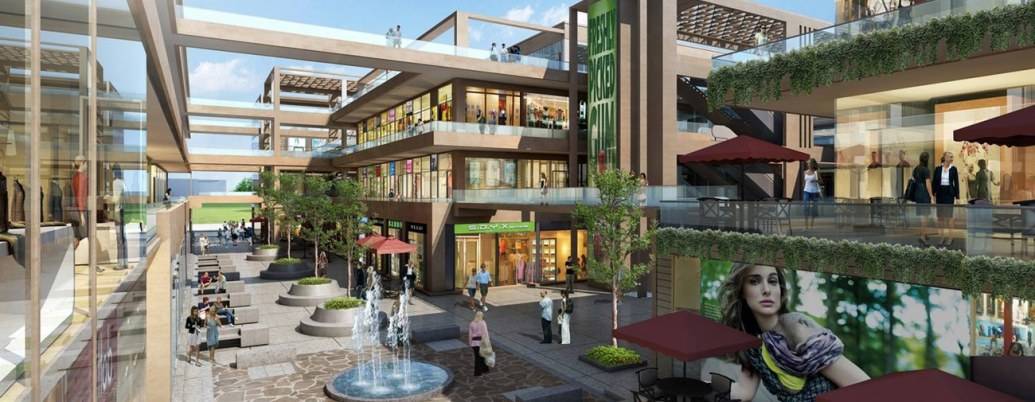Best Time to invest in Commercial Real Estate Market in Gurgaon
- By Admin
- Commercial
- 28/09/2020

#CommercialRealEstateMarketinGurgaon
The current Real Estate Market especially of Gurgaon is Upbeat and going robust.
Factors helping in the revival of this Real Estate Industry are
- Stable Central Government
- Induction/Strict Implementation of RERA Guidelines
- Keeping a Hawk Eye on Current Projects
- Transparent Deals
- Timely Possession from almost all Builders from 2016 onwards.
Apart from this Infrastructure has almost developed in majority of Places especially Dwarka Expressway/Golf Course Extension Road. Both these areas are surely going to be the destination for future, any investment done right now at these places carries with it tremendous potential of appreciation, considering the fact that
- All Land Hurdles have been resolved
- Families have started moving in
- Best Amenities are available
- Best In class Infrastructure
- Properly designed Areas
- Less Congested
- Secured and Safe
Commercial Real Estate Market in Gurgaon Many builders will bring major investment funds into the commercial real estate market. They expect Commercial property in Gurgaon to have good numbers of Grade and office space to fulfil the demand in 2019.
New Commercial Projects in Gurgaon
M3M SCO Commercial Plots Sector 84
After the tremendous achievement of m3m broadway and m3m 65th road, M3m india is good to go to bring the most-anticipated and first of its sort sco business plotting complex in one of the most encouraging areas Sector 84, Dwarka Expressway, Gurgaon. For a venture to be effective and significant over the long haul, all it needs is an ideal area and M3M Sco has it. It appreciates direct passage from the 150-meter-wide Dwarka Expressway.
SS Highpoint
SS Highpoint develop a thought to be an admirable mixed-use advancement with retail, F&B, multiplex and business suites. It's a high street concept with open market and have all the contentment of a mall; conducive location at intersection road having approach from two sides in a highly crowded residential area; cultivated and amusing honky-tonk spaces for launch events and mini analysis; Well planned abundant parking; well anticipated out mix which is arranged as per accurate banding principles; The project is where all roads heads for your daily oddity or a shopping day out.
M3M SCO Commercial Plots Sector 113
After the boundless accomplishment of M3M Broadway and M3M 65th avenue, M3M India is all set to coming up with the much anticipated and 1st of its cordial SCO commercial plotting composite in one of the most auspicious locations Sector 113, Dwarka Expressway, Gurgaon. An appealing mix of high-end retail shops, elegant commercial spaces, Studio Apartments, Multiplex, Game Zone, Fun Zone, and Terraces Restaurant. M3M New Commercial Sector 113 Gurgaon Dwarka Expressway, zest an amazing location with classy two-sided approach, M3M Shop Cum Office Commercial has set a new illustration of expansion and joy in the city of Gurugram.
M3M Prive 73
M3M Priv 73 crave to brace a magical floating presence and an exceptional shopping experience at the most auspicious location of Gurugram. The development takes clues from some of the most classical legacy landmarkes across the world such as The Taj Lake Palace, Udaipur and Saint Michel Island in France.
M3M Broadway
M3M Broadway will ease a unique mixed-use development with a specific and latest construction. Project has plane access from the road leading up to welcoming drop-off points. Being highly operative, the design is true to the quality of grandeur. A classical large front view will accost you, setting the stage for an heartining view of the double height shops, allowing for high clarity and boost the experience of the visitors who would walk in every day.
